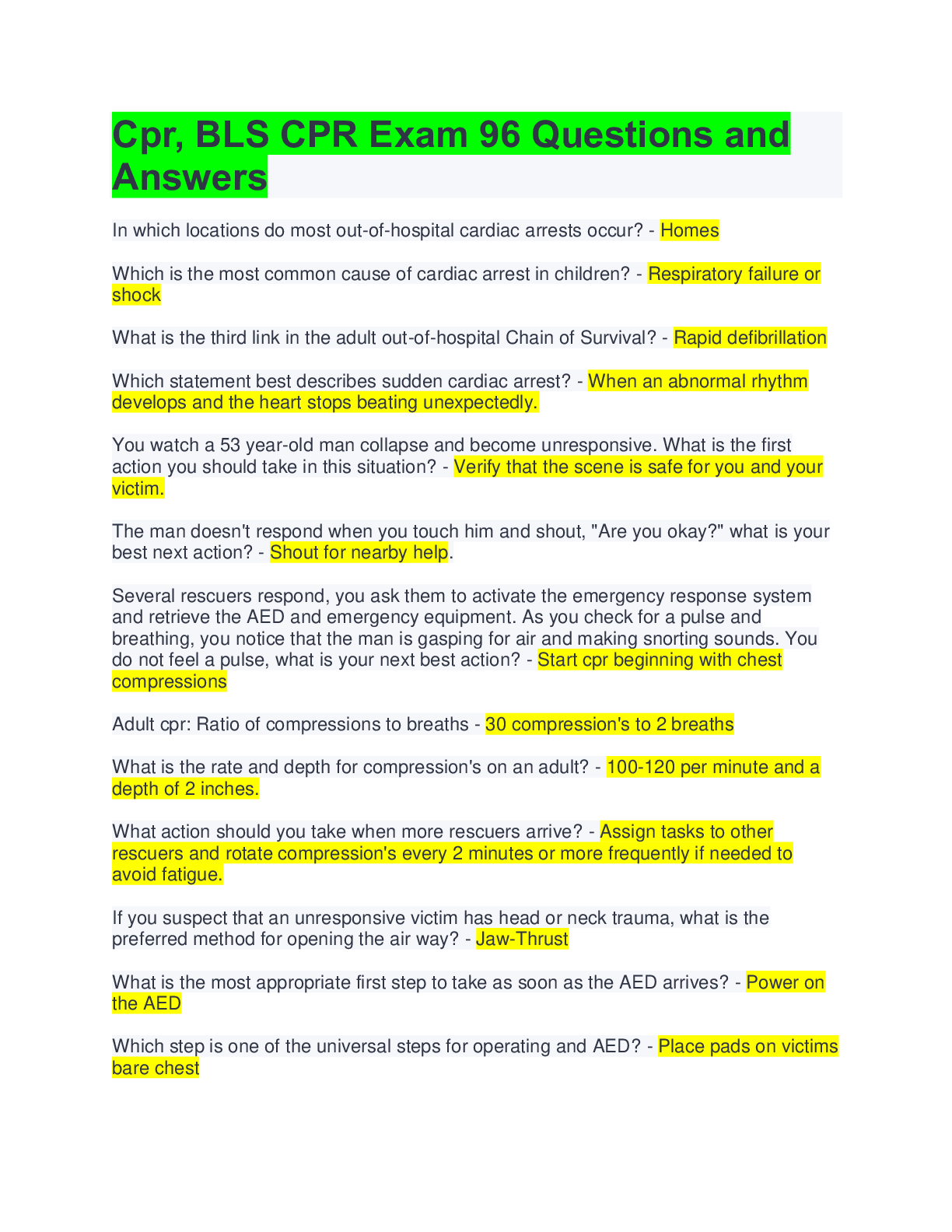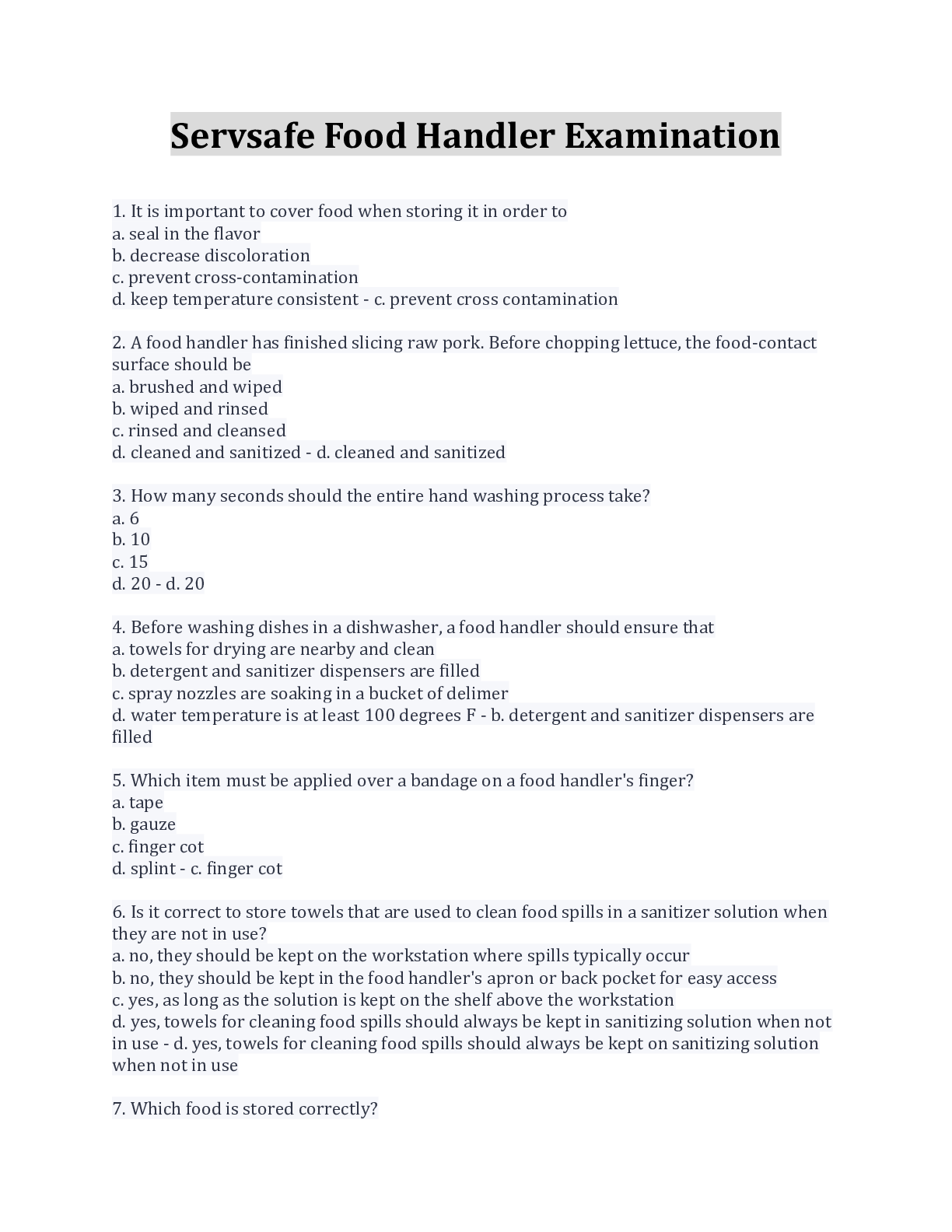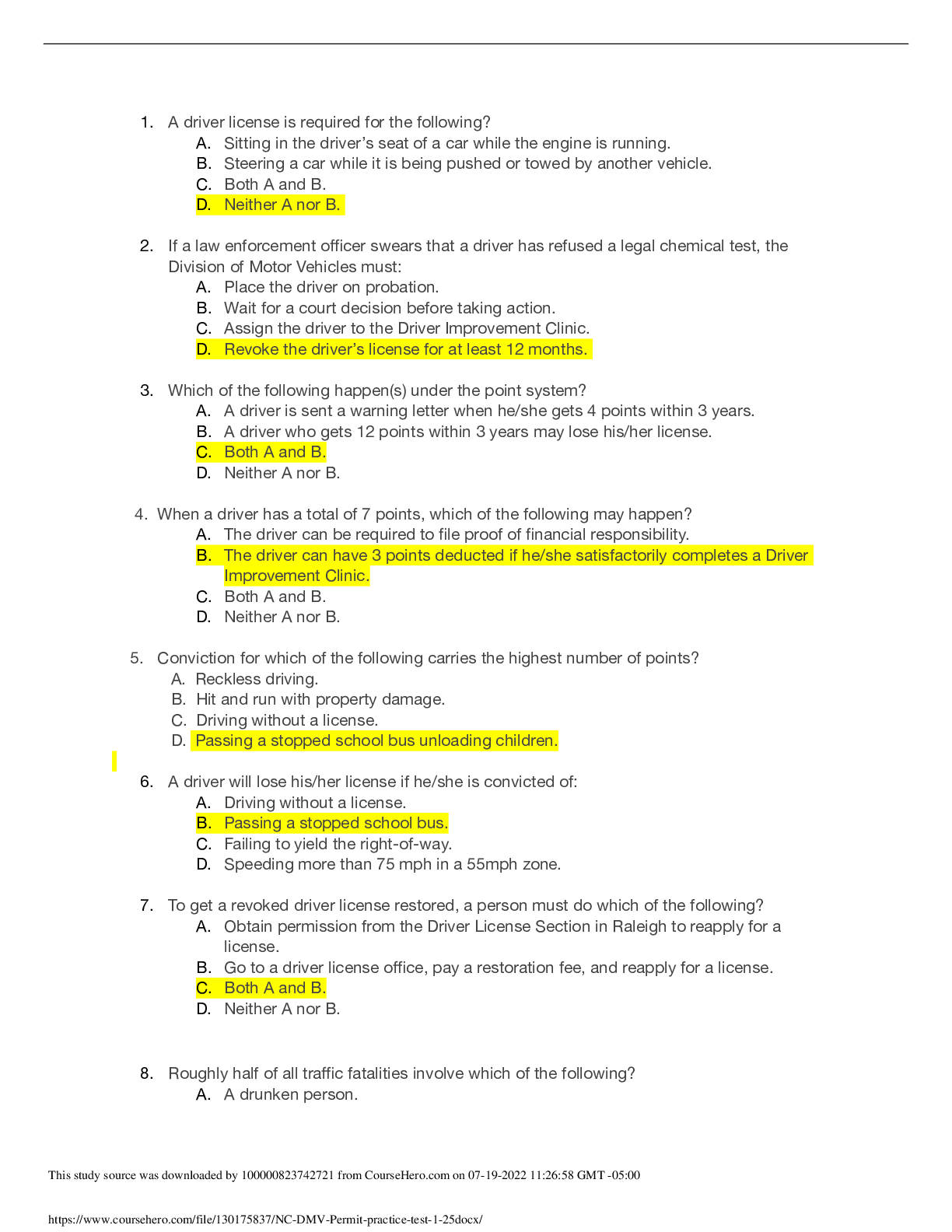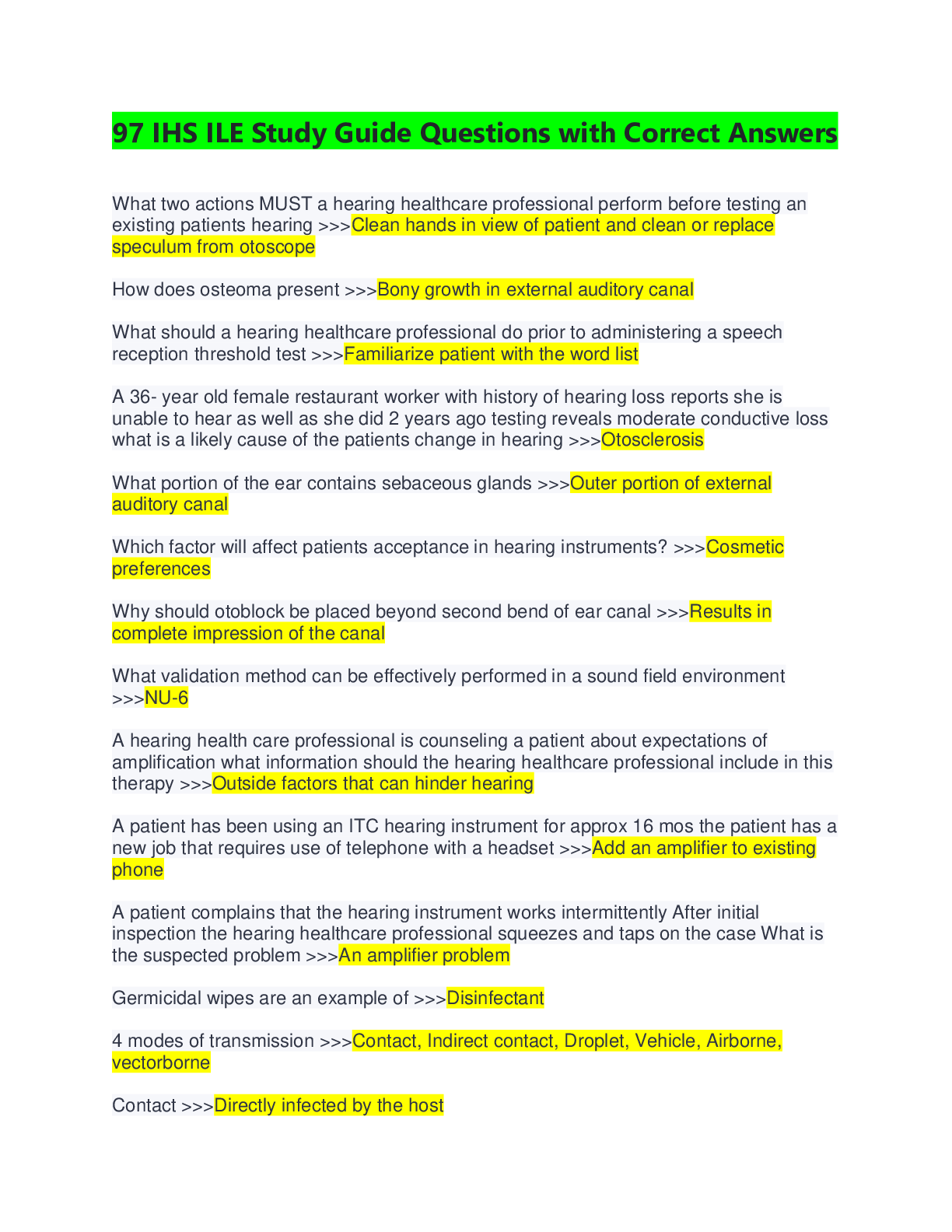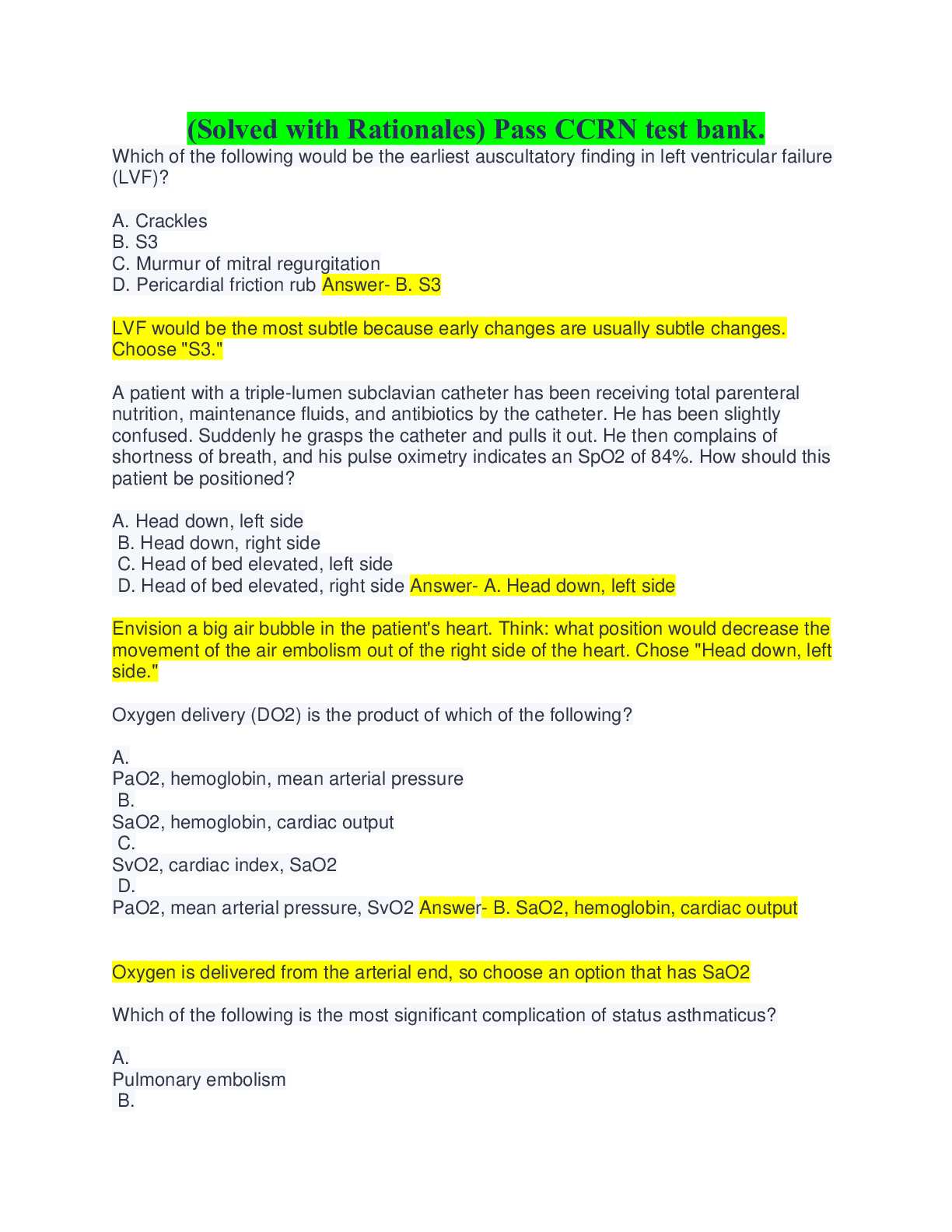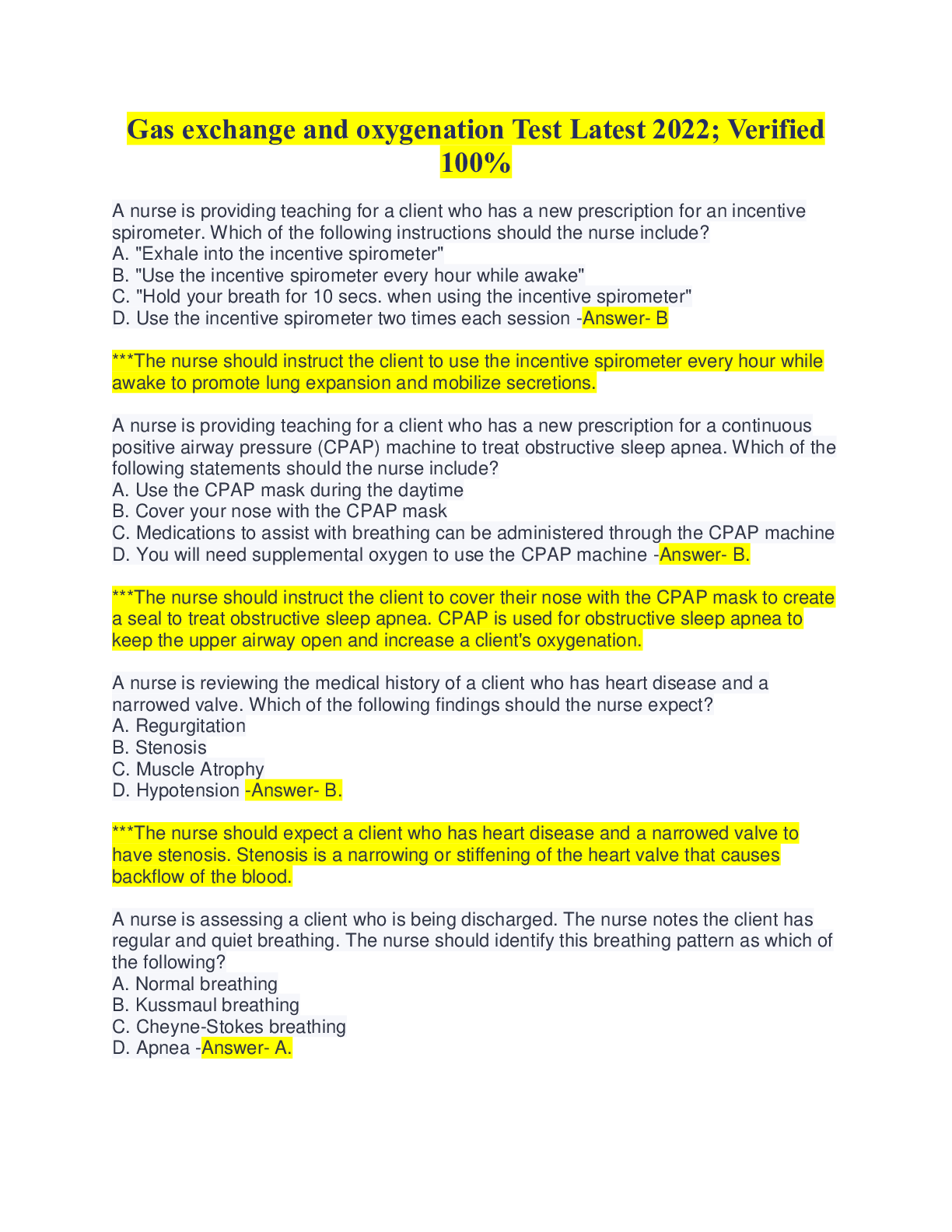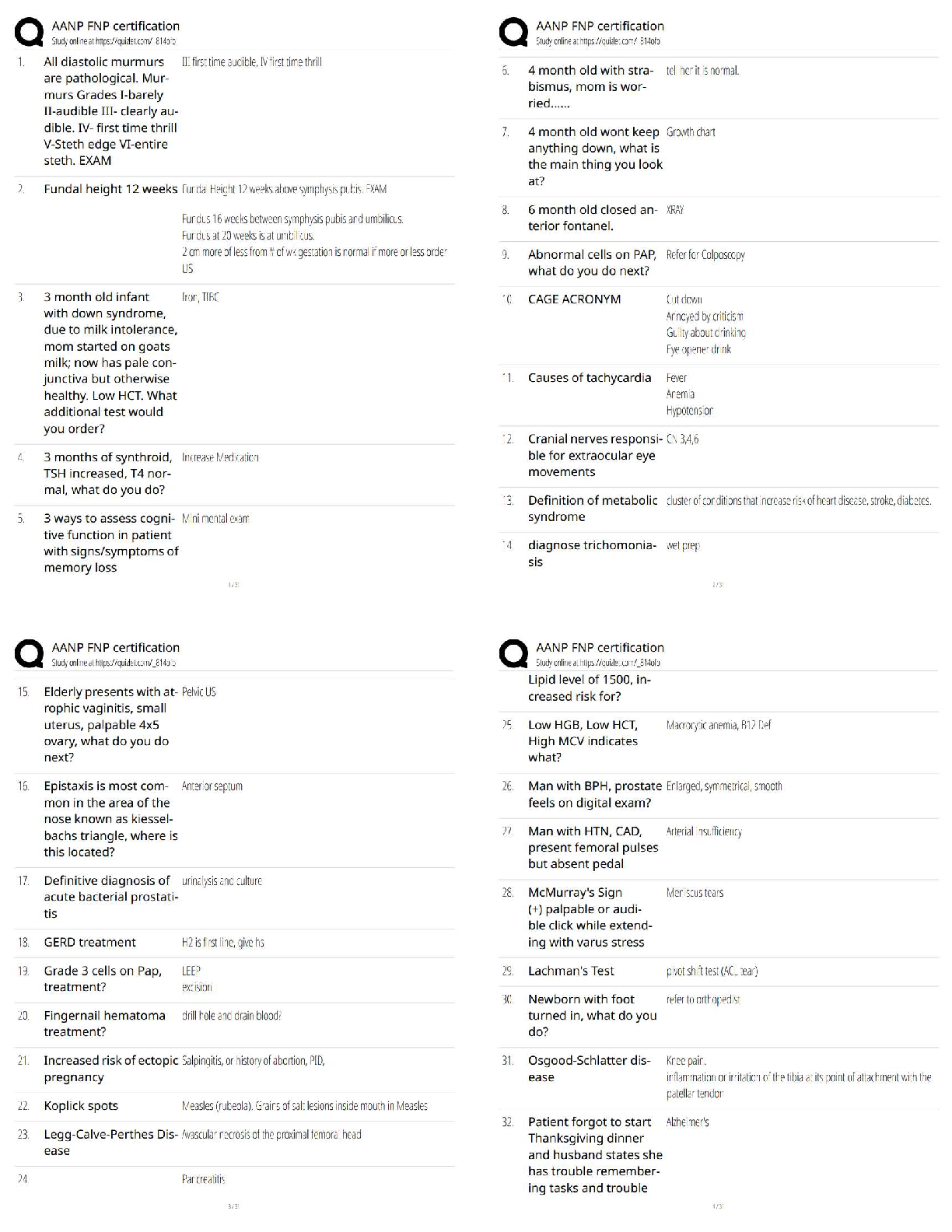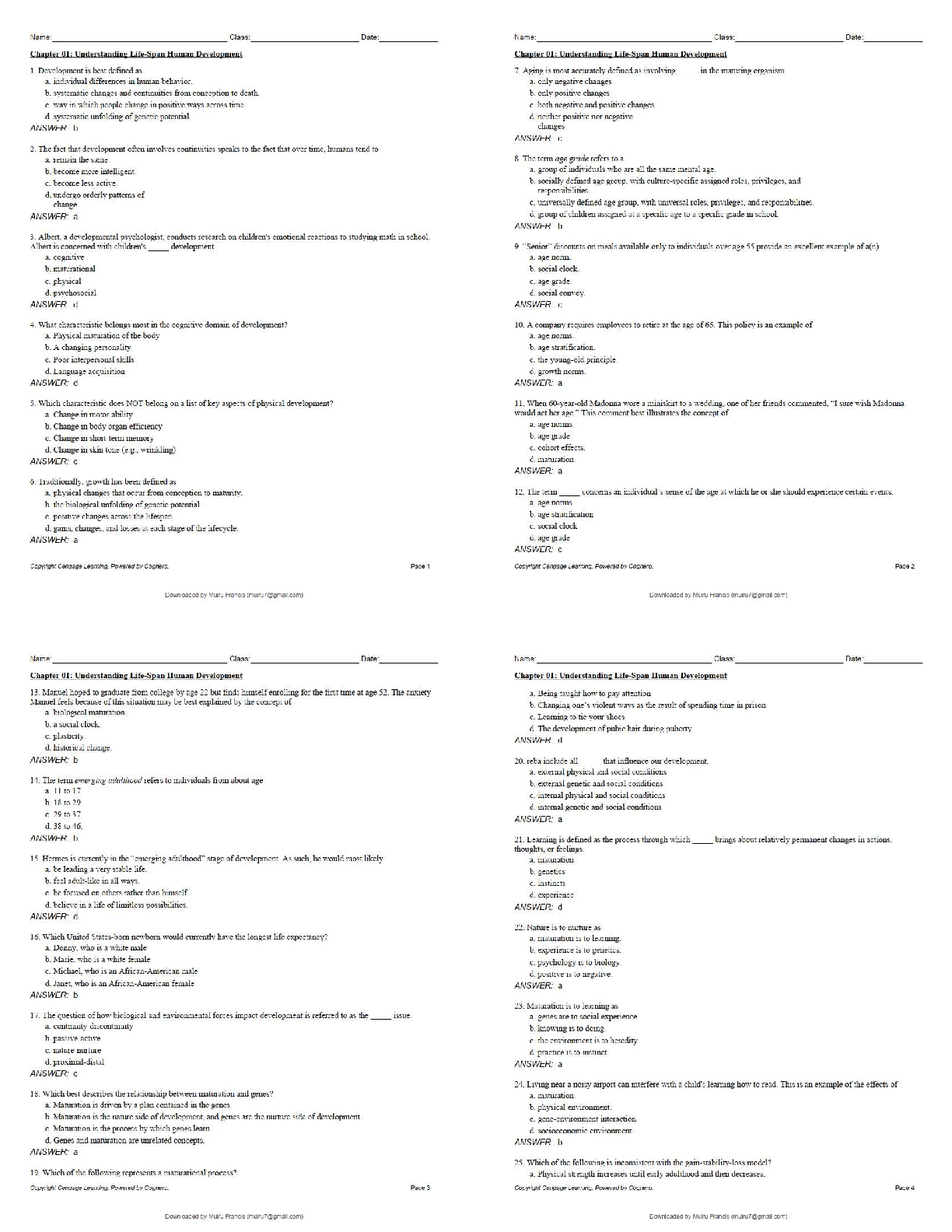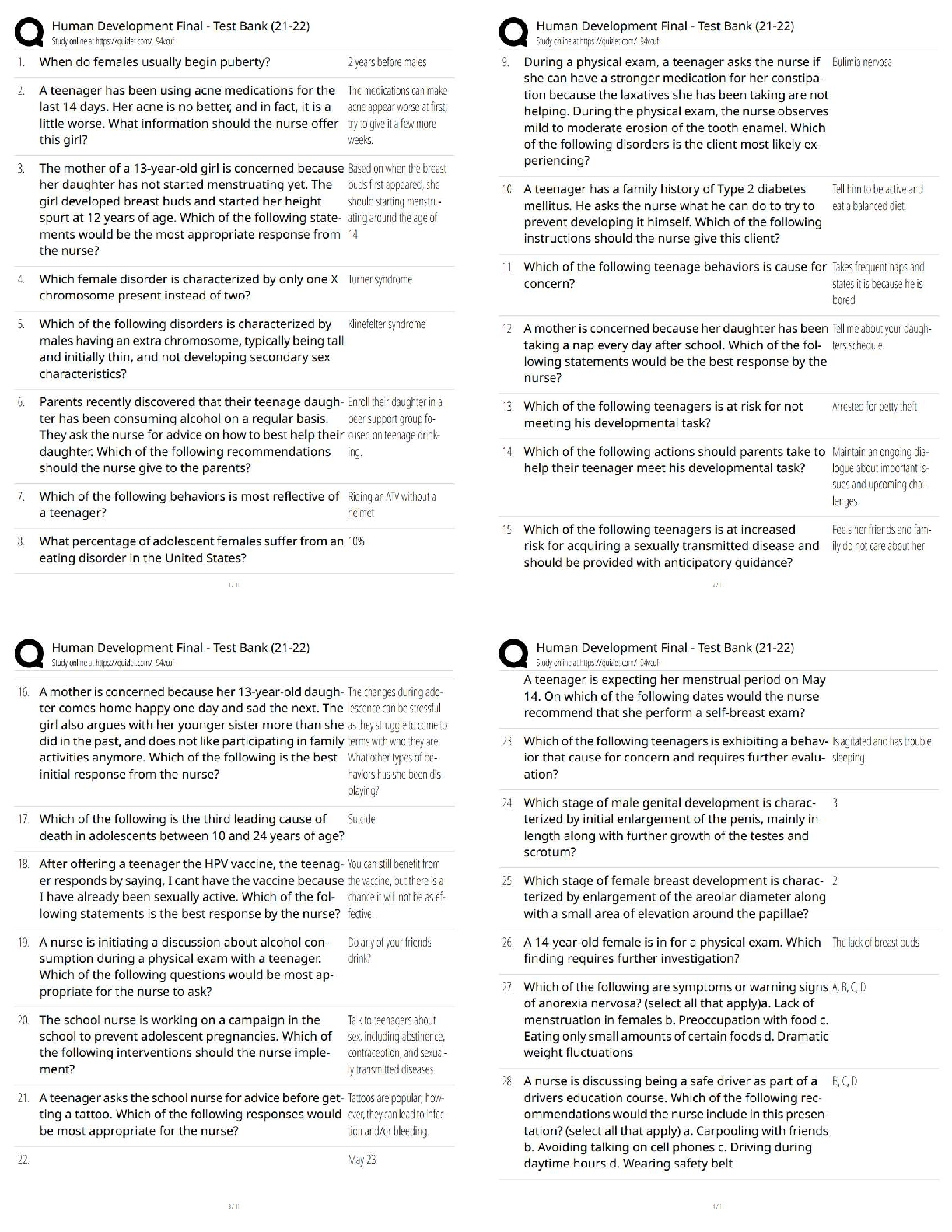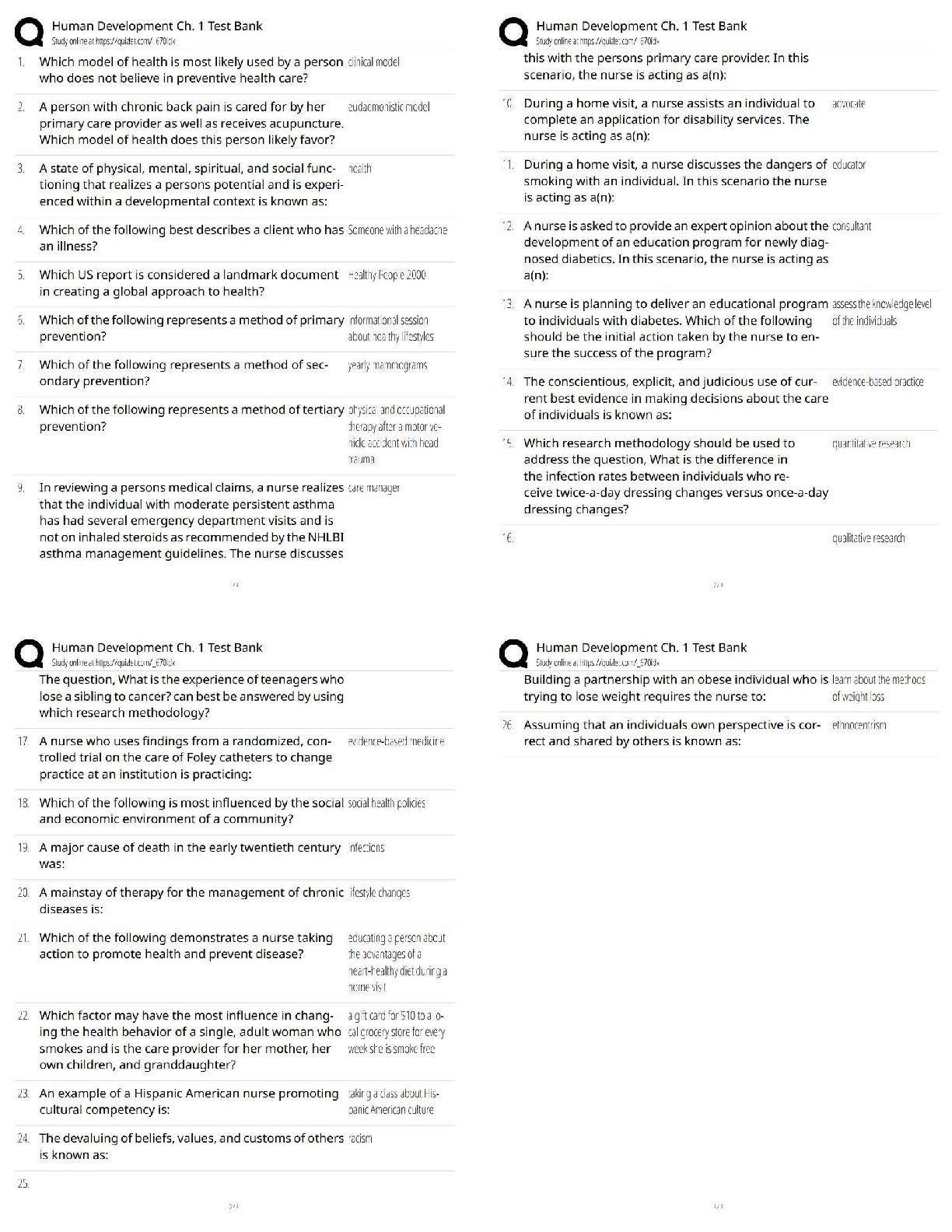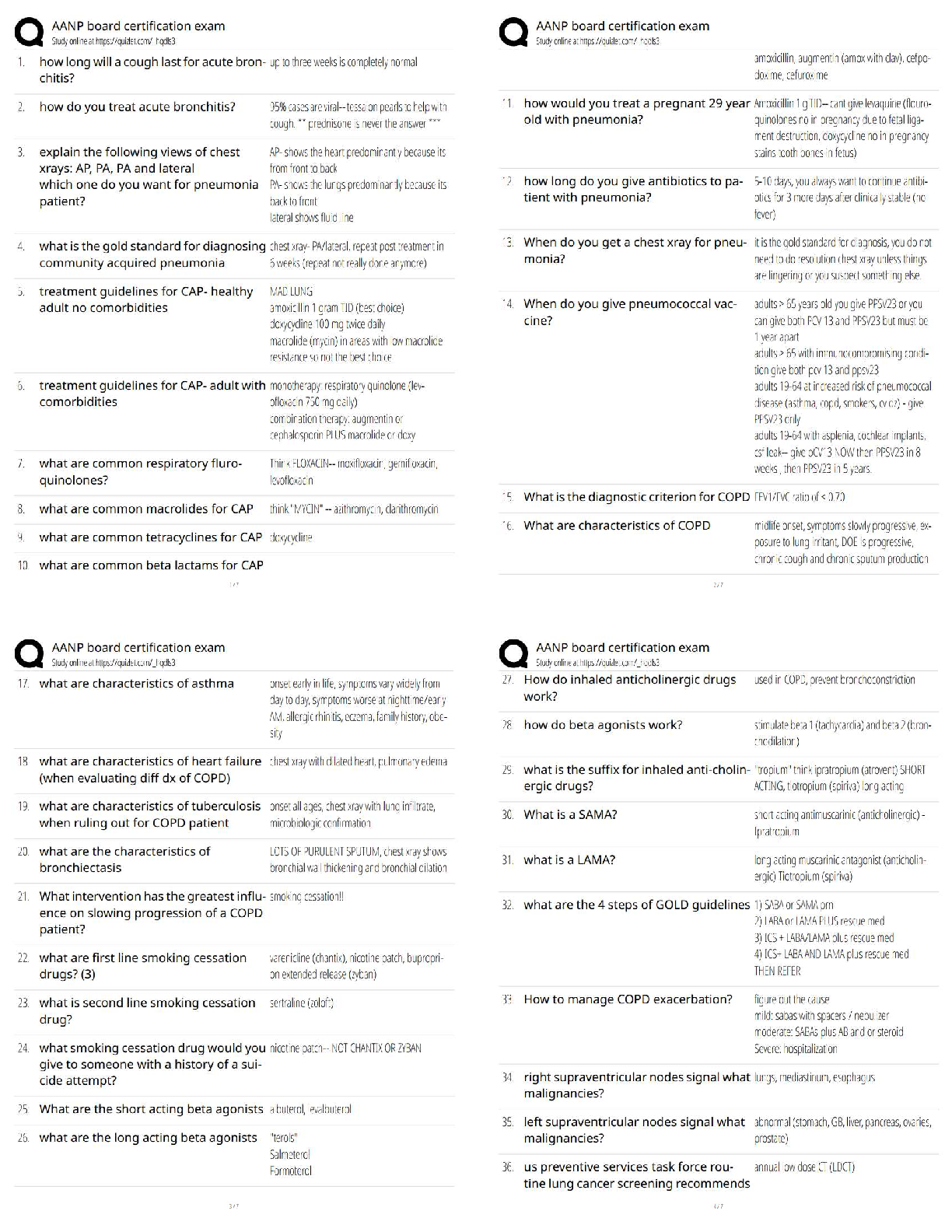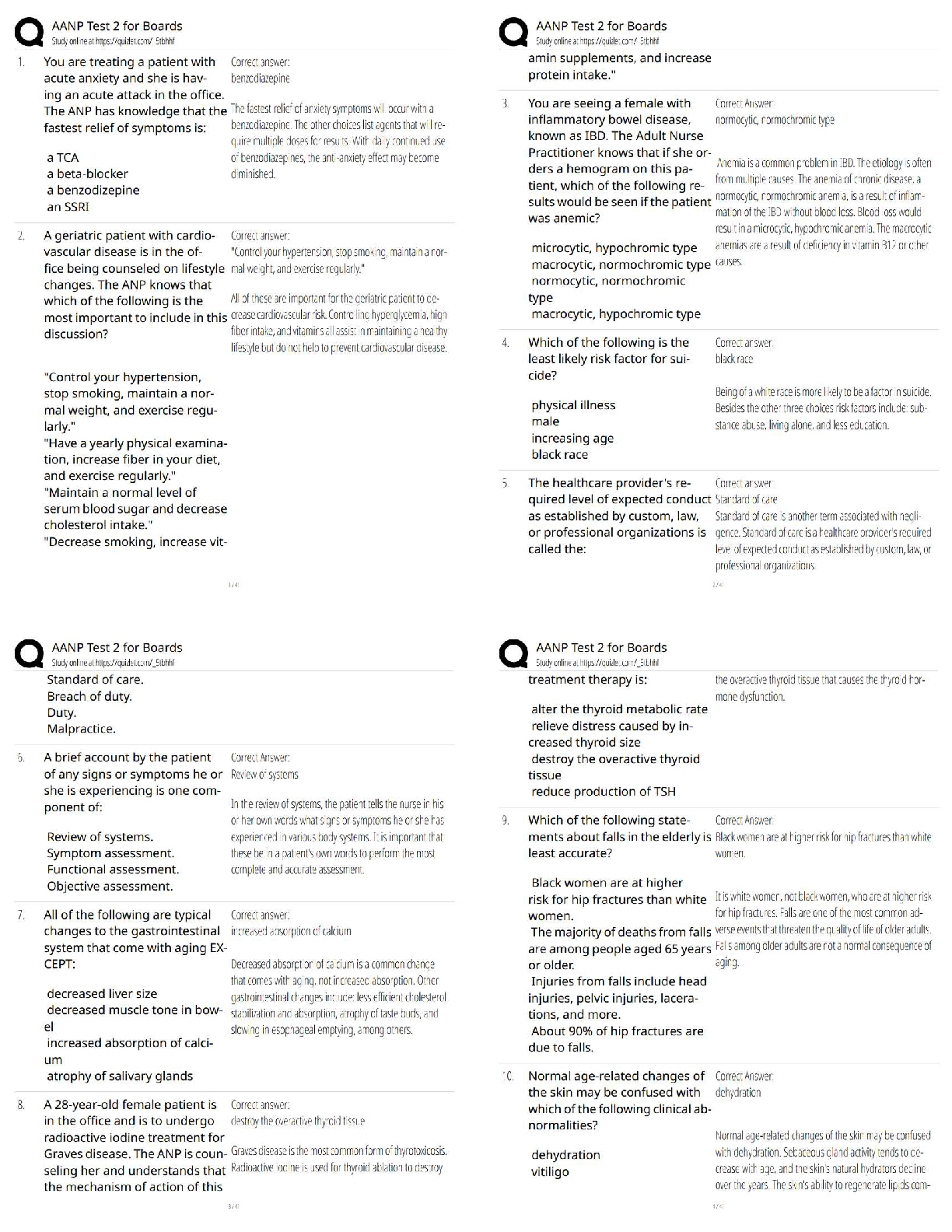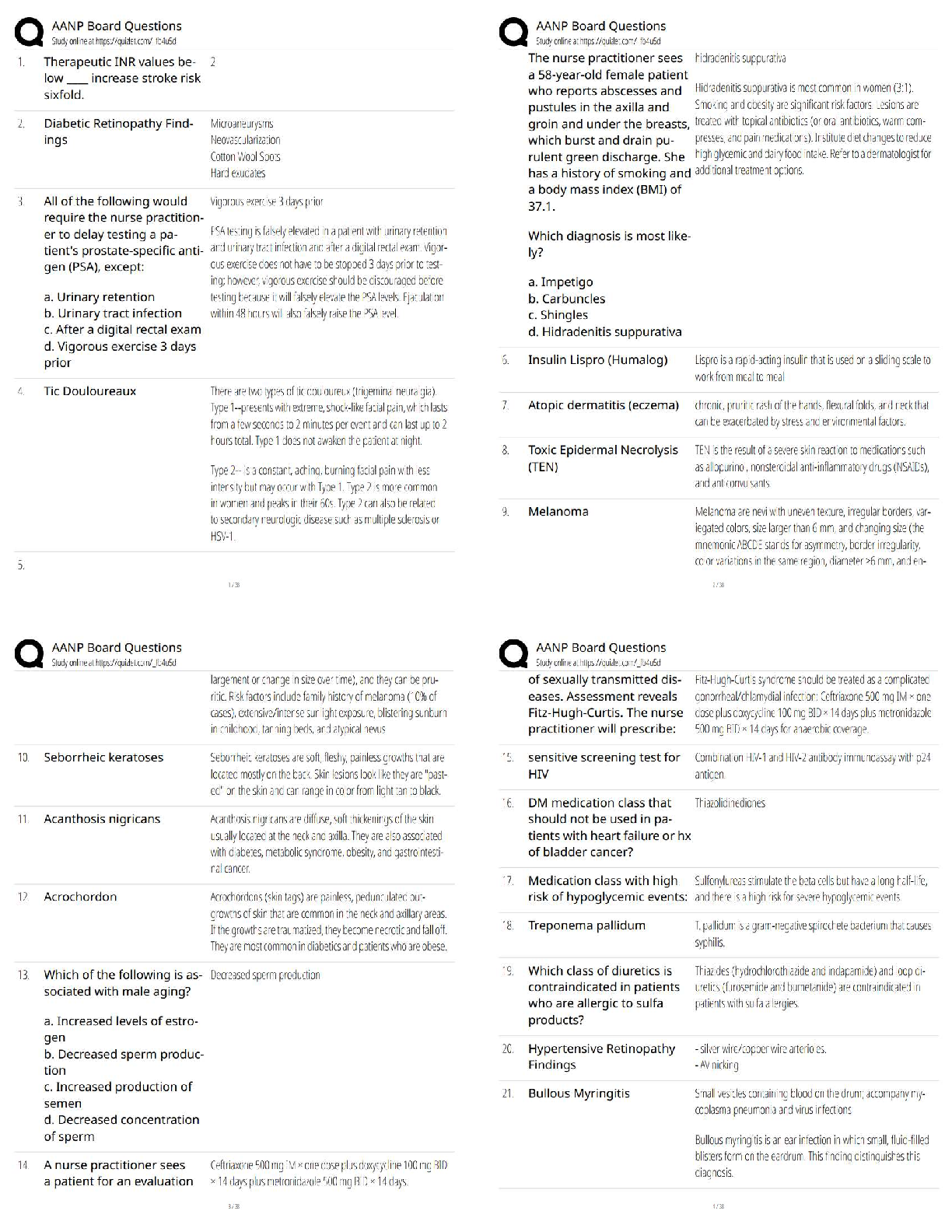Macroeconomics > QUESTIONS & ANSWERS > Intermediate Macroeconomics Exam II Latest 2022 with complete solution (All)
Intermediate Macroeconomics Exam II Latest 2022 with complete solution
Document Content and Description Below
Intermediate Macroeconomics Exam II Latest 2022 with complete solution Model of aggregate demand and aggregate supply -Answer- Long run: prices flexible, output determined by factors of production ... & technology, unemployment equals its natural rate Short run: prices fixed, output determined by aggregate demand, unemployment negatively related to output The Keynesian cross -Answer- Closed economy model; income determined by expenditure. I = planned investment PE = C + I + G = planned expenditure Y = real GDP = actual expenditure Difference between actual & planned expenditure = unplanned inventory investment Consumption function -Answer- C = C(Y - T) Government policy variables -Answer- G = G[bar], T = T[bar] Investment -Answer- I = I[bar] -> exogenous Planned expenditure -Answer- PE = C(Y-T) + I[bar] + G[bar] Slope of PE line = MPC I and G are exogenous, so the only component of (C + I + G) that changes when income changes is consumption. A one-unit increase in income causes consumption & therefore the PE to increase by the MPC. Equilibrium condition for the Keynesian cross -Answer- Actual expenditure = planned expenditure Y = PE Graphing the equilibrium condition for the Keynesian cross -Answer- PE on vertical axis Y on horizontal axis 45 degree line An increase in government purchases and the Keynesian cross -Answer- At Y1, an unplanned drop in inventory causes firms to increase output, and income rises toward a new equilibrium At any value of Y, an increase in G by the amount deltaG causes an increase in PE by the same amount. At Y1, there is an unplanned depletion of inventories because people are buying more than firms are producing (PE > Y) Solving for delta Y -Answer- Y = C + I + G delta Y = delta C + delta I + delta G = delta C + delta G = MPC x delta Y + delta G (because delta C = MPC x deltaY) (1 - MPC) x delta Y = delta G. Solve for Y: delta Y = (1/(1-MPC)) x delta G Government purchases multiplier -Answer- The increase in income resulting from a $1 increase in G. In this model, delta Y/delta G = (1-(1/MPC) Example: If MPC = 0.8, then delta Y / delta G = (1/(1-0.8)) = 5 An increase in G causes income to increase by 5 times as much Why the government purchases multiplier is greater than 1 -Answer- Initially, the increase in G causes an equal increase in Y; that is, delta G = delta Y. But an increase in Y -> an increase in C, which further increases Y, which further increases C, etc. So the final impact on income is much bigger than the initial delta G. An increase in taxes -Answer- Initially, tax increases reduce consumption (by a measure of MPC x delta T) and therefore PE (does not affect I and G, as they are exogenous). So firms reduce output, and income falls toward a new equilibrium. At Y1, there is now an unplanned inventory buildup. See book for an example about a decrease in taxes Solving for delta Y with an increase in taxes -Answer- delta Y = (-MPC/(1-MPC)) x delta T Tax multiplier -Answer- The change in income resulting from a $1 increase in T delta Y/delta T = (-MPC/(1-MPC)) If MPC = 0.8, tax multiplier is: delta Y/delta T = (-0.8/(1-0.8)) = (-0.8/0.2) = -4 -The tax multiplier is negative because a tax increase reduces C, which reduces income. -The tax multiplier is greater than one (in absolute value) because a change in taxes has a multiplier effect on income. -The tax multiplier is smaller than the government spending multiplier because consumers save the fraction (1-MPC) of a tax cut, so the initial boost in spending from a tax cut is smaller than from an equal increase in G. An increase in planned investment and the Keynesian cross -Answer- At Y1, there is an unplanned drop in inventory so firms increase output and income rises toward a new equilibrium. The IS curve -Answer- A graph of all combinations of r and Y that result in goods market equilibrium i.e. actual expenditure (output) = planned expenditure Equation of the IS curve: Y = C(Y - T[bar]) + I(r) + G[bar] A decrease in interest rate and the IS curve -Answer- A decrease in r leads to: An increase in I -> an increase in PE -> an increase in Y [Show More]
Last updated: 3 years ago
Preview 1 out of 11 pages

Buy this document to get the full access instantly
Instant Download Access after purchase
Buy NowInstant download
We Accept:

Reviews( 0 )
$9.00
Can't find what you want? Try our AI powered Search
Document information
Connected school, study & course
About the document
Uploaded On
Sep 07, 2022
Number of pages
11
Written in
All
Additional information
This document has been written for:
Uploaded
Sep 07, 2022
Downloads
0
Views
150




